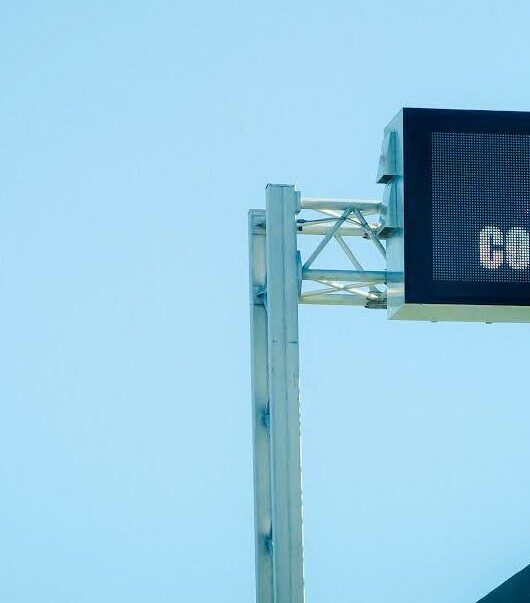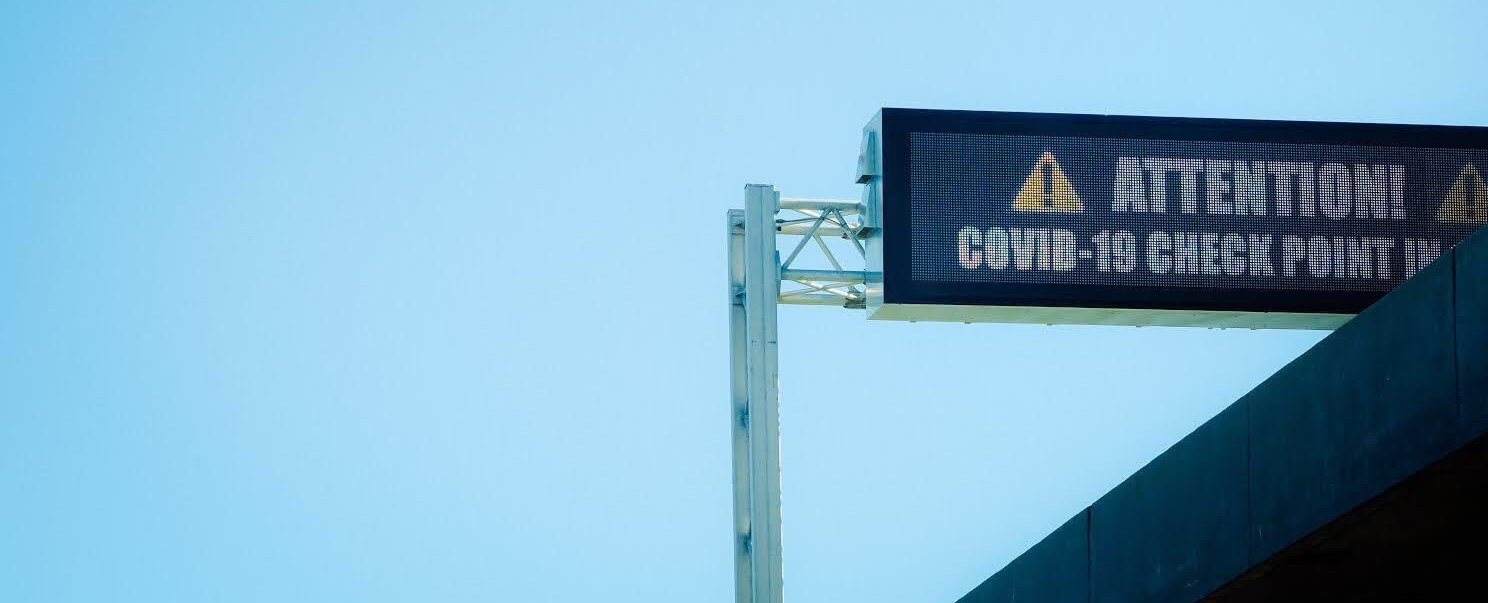As the global Covid-19 crisis continues and lockdowns ebb and flow in and out of people’s lives, uncertainty remains about athletes’ ability to train at the boathouse or on the water. Remote training can deliver a degree of collective competition, however. Read on to find out how Ludum can help your squads ‘row from home’.
Spending more time at home is becoming more the norm. The extent of the Covid-19 pandemic’s impact on daily living is demonstrated by the fact that not even a sport like rowing – very much an outdoor activity and, in many senses, a definitive ‘non-contact’ sport – has been able to continue in anything like its usual form. Collective activity on the water or in the gym has been pared back substantially over the last nine months, with most athletes doing most training at home. Despite some returning to collective training and competition in more recent months, remote training from home seems to be a ‘norm’ likely to continue for some time.
Despite the continuing restrictions, recreational and competitive athletes still wish to train to achieve their objectives. Thus, efforts to maintain both fitness and a competitive edge need to be enabled at home.
Rowing can at times feel (and be) a purely solo sport, with athletes spending hours on the water in a single or hours in the gym on the ergo. Even in a crew boat, the athlete does not interact directly with other crew members or opponents, in the way a footballer may play a pass or put in a tackle. Yet the straightforward biomechanical nature of rowing means that large parts of its process and benefits can be replicated by training on an ergometer. Other elements of high-intensity rowing training – strength and conditioning, or cardiovascular training like running or cycling – can also be completed by athletes training individually and remotely, and without needing particular, rowing-specific equipment.
The ability to conduct, off-the-water, most of rowing’s central training functions means remote training remains a viable way of maintaining fitness and strength. Moreover, the growing availability of software-based performance management tools means the maintenance of training and the development of performance can be monitored and shared, and an element of competition can even be introduced. So, athletes can still train with each other, connect with coaches, and find ways to improve and compete even if they do have to ‘row from home’.
The vast majority of rowers train to compete, at whatever level they are at in their rowing careers. It takes a certain level of mental commitment to continue training for training’s sake, with no race time on the horizon. For most, kilometres spent on the ergo are rarely easy ‘Ks’, and having to do more ergometer ‘Ks’ with little competition in sight makes the mental challenge much tougher. This challenge can be eased if training improvement can be measured and competition can be added, so athletes can see benefit in keeping the ‘Ks’ going.
In the UK, athletes, squads, and clubs have slowly been returning to boathouse-based and on-the-water training. On-water competition has returned, although such opportunities remain limited and different, for example in restricted-entry head races or local inter-club competitions. However, the full return of traditional heads and regattas seems still to be sitting at the far end of the course. As of December 2020, with the UK now using a tier-based construct to constrain Covid by tightening social restrictions when and where required, opportunities for collective training and competition may well decrease again before they increase any further.
With the UK situation reflecting that of many other countries, ‘Row from home’ may be the ‘norm’ for some time to come for many. So, how can a degree of competitive training be maintained?
How can athlete management software help maintain competition?
Boat moving skills are perhaps the one primary rowing function that cannot be wholly replicated off the water. Being away from the water and the boathouse may also reduce the element of competition. However, connecting athletes’ remote training through online interaction and software-based performance management products can help a coach maintain and manage a programme and help an athlete find at least a degree of competition.
Here, athlete management software tools – such as Ludum, which provides training management and performance analysis functions for athletes and coaches – perhaps can add training value in a ‘row from home’ world.
With a coach able to use Ludum to set a training programme – whether that be cardiovascular (on an ergo, on a bike, or on foot) or strength and conditioning – and with athlete scores added automatically or manually, the athlete can train wherever and whenever possible and can be monitored by the coach. Coaches and athletes alike can be confident that every member of the squad is doing the training. The individual athlete still needs to take responsibility for completing the training. However, the athlete will know that the other athletes in the squad have the training programme, and will see those athletes completing it and (hopefully) improving their scores.
A new development in the Ludum product that could have significant usability and impact in the context of the continuing requirements to ‘row from home’ is a live function. Launched in early December, Ludum LIVE enables athletes to, for example, watch each other train. So, if a crew needs to train on the ergo to certain intensities, athletes can sit on their machine and see their crewmates’ splits. Data presented in the live stream can also include a range of metrics such as athlete heart-rate zones, power watts, pace and speed, rating or cadence, and even stroke length, along with basics like time and distance.
Thus, athlete management tools can support an element of discipline and competition in conducting and completing remote training.
Ludum’s product can also help manage some of the preparation elements for following Covid-19 guidelines. For example, through its Morning Monitoring function – which has always enabled an athlete to monitor heart rate, but now has the added functionality of temperature measurement – an athlete and coach could spot if an athlete potentially may be showing symptoms. For both heart rate and temperature, the athlete takes their own readings and manually enters the numbers, and a traffic light system indicates whether the athlete is fit to train or not.
For as and when any club-based training can occur, Ludum’s crew planning function can help a coach divide up training sessions to ensure that any local limits on participation – for example, the UK’s current ‘rule of six’ guidance, where people can meet outdoors in groups no larger than six – can be adhered to. If an athlete becomes infected, the training log tools in software products like Ludum can also help a coach and a club identify, for track-and-trace purposes, who the athlete has been in contact with while training.
What is the World Rowing Covid-19 guidance?
With the world’s competitive racing calendars still largely paused, the international rowing community has done much already to set out detailed guidance on what levels of on-water and boathouse collective training and competition are permitted under what circumstances, and what precautions athletes, coaches, clubs, competitions, and rowing federations alike must take. Such guidance is designed both to mitigate the Covid-19 risk and prepare the ground for a safe return of regular competition at some point.
In a two-hemisphere world, and with countries facing their own Covid-19 challenges and responding to them in their own way, the Covid-19 risk is not uniform. Thus, in World Rowing Sports Medicine Commission guidance titled ‘Advice for post-peak and post-pandemic periods’ – first set out in May, and updated in October to reflect different risk regions and risk levels – World Rowing underlined the primacy of state and local authority guidelines, and strongly encouraged national rowing federations to guide athletes to follow recommendations from official local, national, and international health authorities.
In May, World Rowing had also released a guidance document detailing steps for event organisers and member federations to take with regard to a return to staging regattas.
In its updated October guidance, World Rowing set out what it referred to as a “rowing-specific technical contribution” to supporting health authority guidelines. While noting that rowing in a single scull “is considered generally as safe” and highlighting that a 1.30m minimum distance is maintained between athletes in crew boats, it underscored nonetheless the need for athletes to adopt and maintain preventive measures to mitigate risk, especially through regular hand washing, cleaning of surfaces, and observing of social distance requirements. World Rowing also recommended that athletes reinforce individual overall health, particularly to maintain a strong immune system, by drinking sufficient water and eating a varied and vitamin-rich diet containing sufficient fruit and vegetables.
The World Rowing guidance underlined the need to maintain small group sizes for on-water training and to keep athletes in fixed groups. Training groups should also only use crew boats when permitted under local regulations and, if required by social distancing, leave seats empty to ensure sufficient space between athletes. To support prevention measures, World Rowing advised clubs to draw up hygiene plans, document measures taken, and maintain logs of athletes training together to support track-and-trace efforts in the event of Covid cases.
Amongst its recommended mitigation measures, World Rowing stressed that athletes and support staff must not train or use common facilities if they show symptoms or have been exposed to someone who has tested positive, and instead must isolate (with all relevant squads informed). The guidance underscored the need to maintain social distancing and wear face coverings at points of close interaction, such as on landing stages, in and around the boat bays, and in the boathouse. When boathouse use is permitted under local regulations, the guidance also stressed the need to strictly limit such use, with rigorous cleanliness and hygiene measures enforced for rooms and equipment, and required space to be maintained between people and between pieces of equipment (such as in weights or ergo rooms).
The World Rowing guidance also indicated steps required as and when returns to competitive rowing could be considered. “The risk in rowing events is related to the number of persons gathered and the possible transmission by inadvertent carriers.” Consequently, it noted, “Hygiene rules [and] social distancing have to be observed carefully,” including wearing face masks at rowing venues. The document added that “World Rowing aims to gain experience through regional and continental events and encourages all national federations to organize safe competitions to enable rowers to compete.” The document also provided details and references for athletes looking to return to training after Covid-19 illness, links to guidance offered by different national rowing federations, and considerations for clubs and athletes when returning to training in post-peak or post-pandemic phases.
In the latter context, it pointed to the need to assess whether the rate of community transmission was sufficiently low, whether athletes and club staff are sufficiently trained in hygiene measures and practices, and whether appropriate resources and facilities are available to ensure required hygiene levels can be met. World Rowing noted that, as demonstrated at European Rowing Championship events in September and October, Covid infections affecting individual or small groups of people “did not spread to the other attendees with a proper hygiene and a mitigation concept”. “It is important that any rower, team support person and club member is aware of the importance of the recommended hygienic measures and social distancing to protect a safe environment for the sport,” the document added.
What is the British Rowing Covid-19 guidance?
In the UK, on 3 December British Rowing published version 8.2 of its ‘Managing Covid19: Advice for the rowing community’ document. In opening the document, British Rowing stressed that “public health is the number one priority.”
Version 8.2 is the latest iteration of a guidance strategy known originally as the ‘Return to rowing’ plan. This original plan had – under a staged, Phase A to H, process – provided guidance for all phases of a return to rowing. During the UK’s first national lockdown, between late March and late June, no activity at clubs or on the water (training or racing) was permitted. After lockdown, collective training and competition slowly returned under the phased process and, on 10 October, the UK reached Phase H. At this point, “Open entry, affiliated competitions (traditional heads and regattas) [were] permitted subject to following guidance to be Covid secure”. Group size was dependent on event organisers being able to demonstrate that venues and procedures were Covid-secure. Under previous phases, limited local inter-club competitions, use of club indoor training facilities, and household mixing in crew boats for club training had already been permitted (subject to Covid-19 venue and procedure mitigations being demonstrated and, in the case of land training, the government’s current ‘rule of six’ guidance being followed). As of 24 September, clubs had also been required to display an official National Health Service QR code to support test-and-trace activities.
Since September, a limited number of organised events and local competitions had been taking place. On 20 September, a large private match – the Tyne Single Scullers Head – took place, with just over 100 athletes competing. The event was chosen as one of up to two test events initially planned within the ‘Return to Rowing’ process. British Rowing said the competition was selected as it provided “the opportunity to test many aspects of our guidance in a controlled environment”, and noted that lessons learned from the event would be built into its ‘Return to Rowing’ plan and guidance. The ‘Return to Rowing’ document also provided a link to the guidance (which included Covid-19 safety requirements and procedures) set out by the event organiser. Several other heads and local competitions also took place in the following weeks, including significant events in the UK rowing calendar such as the Pairs Head.
However, as UK infection levels began to increase as a second Covid wave built, events began to be cancelled once again and clubs began to re-impose tighter restrictions on the use of their facilities. Indeed, the British Rowing guidance had signposted previously the possibility of having to step back down into earlier phases to reflect any changing government guidance.
Recognising that water-based training, boathouse training, and competition have all returned but that the Covid situation remains fluid, the latest version of the guidance has refreshed British Rowing’s planning framework to reflect the fact that tier-based restrictions may restrict some elements of rowing training and racing more than others. Moving on from the phased process, the adjusted framework is designed “to separate out the areas of sporting facilities, on-water activity, indoor activity, competition, and hospitality facilities” to allow the rowing community “to ‘dial up’ or ‘dial down’ different areas of the sport as required by government legislation and guidance”, particularly given the fact that restrictions will differ in different areas at different times. Now that rowing has returned, the emphasis is on managing matters going forward in contexts that could range from “complete shutdown to normal pre-pandemic activity”, the new version stated.
In its key Covid facts, British Rowing emphasised the importance of hygiene and social distancing, especially for a sport like rowing where people can interact in confined spaces and share equipment and facilities. The document also stressed the critical importance of continuing to follow local and national guidelines to ensure rowing can continue.
In a recent development, the document also provided a link to the ‘British Rowing @ Home Hub’. The hub proposes ideas for alternative training activities for clubs and athletes, including offering training programmes, technical videos, athlete challenges, and even the opportunity to compete in a virtual version of the British Indoor Rowing Championships (BRICs).
To conclude, it is clear that software products do play an important role in connecting athletes and enabling a degree of normality – in training, at least – to be maintained. Whilst the British Rowing hub provided some opportunities for more ‘public’ online competition also, software products can add value in enabling training competition and development within squads, when athletes must ‘row from home’ for extended periods.
View more content like this

Row from Home: Using Athlete Management Software to Train in a Covid World
As the global Covid-19 crisis continues and lockdowns ebb and flow in and out of people’s lives, uncertainty remains about athletes’ ability to train at
PRESS RELEASE: England Talent Canoe Sprint Programme announce new partnership with Ludum
British Canoeing’s England Talent Programme has today announced a new partnership with Ludum, the Athlete Management Software, Performance Analysis and Training Data Collection platform.
Crossy's Corner Olympics Special - Olympic Rowing Preview with Adam Kreek and Camilla Hadland
British Canoeing’s England Talent Programme has today announced a new partnership with Ludum, the Athlete Management Software, Performance Analysis and Training Data Collection platform.




